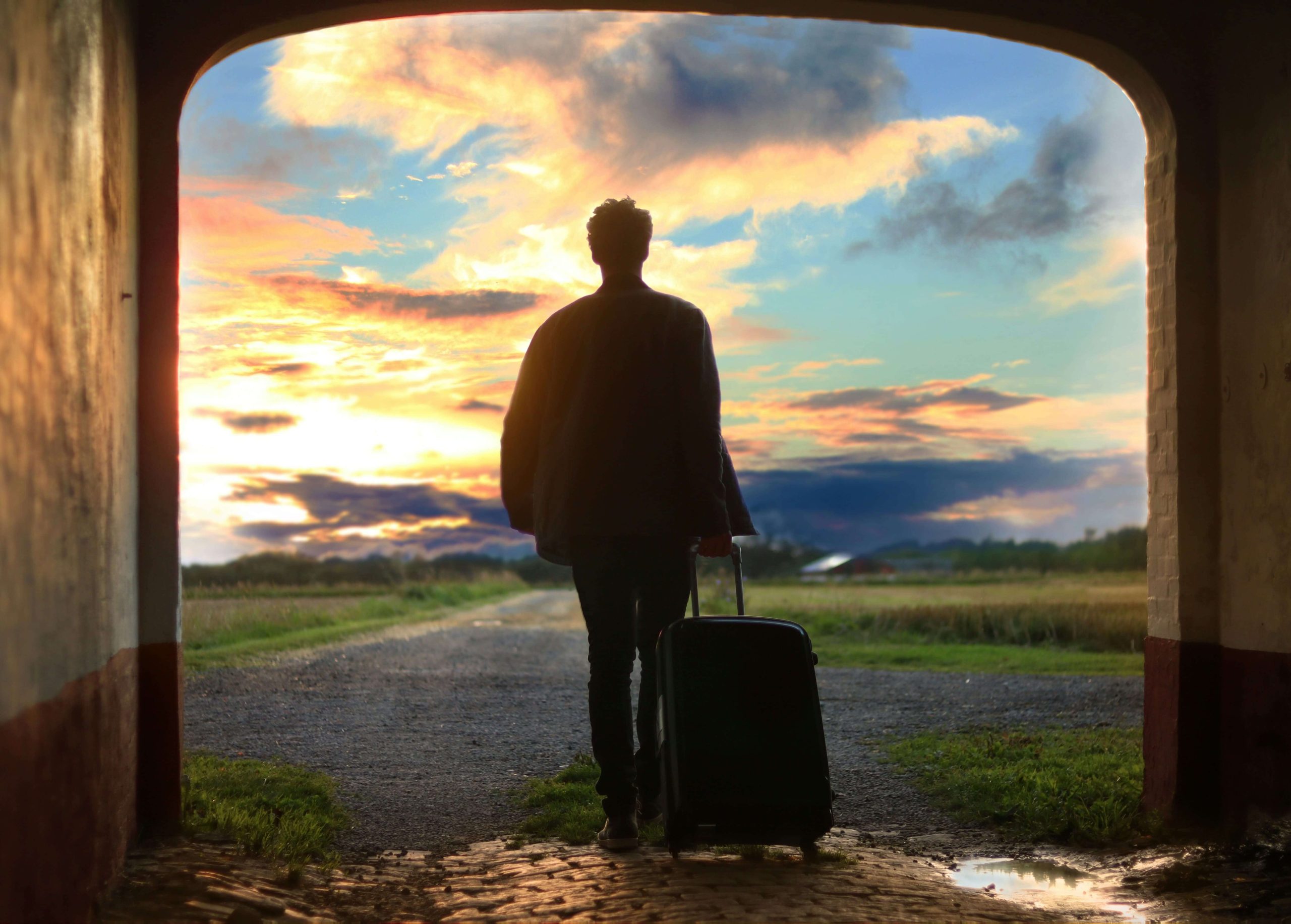It’s an exciting prospect to set out on your first journey travel adventure, as it can lead to unforgettable experiences and exciting experiences. Whether you’re traveling alone into the wilderness, traveling to far-off places with a group, or even staying in an opulent condo in Las Pinas, a successful and pleasurable trip requires thorough preparation and planning.
What Is Revenge Travel And Is It Still Happening?
The phenomenon known as “revenge travel” describes how people who have had their travel restrictions lifted. For example, because of the COVID-19 pandemic respond by increasing their number of trips or going all out on their travel experiences. As travel restrictions started to loosen in 2021, revenge travel became increasingly apparent, with plenty of individuals eager to book trips and vacations to make up for lost time. Though it may not accurately reflect people’s motivations for traveling, the term is not widely accepted because it suggests a sense of vengeance or retaliation.
Additionally, the state of the COVID-19 pandemic and associated travel restrictions in various regions of the world have a significant impact on revenge travel. People may still have a greater desire to travel in areas where travel has largely resumed and restrictions have been lifted because they want to see new places or return to old favorites.
People moved on from revenge travelling; people focusing on journey
The idea of “revenge traveling” has grown in acceptance in recent years as individuals look to make up for lost time and passed up chances to travel. However, there has been a discernible change in travel trends as people get used to the new normal. Nowadays, people are more interested in the journey itself and relishing every moment and experience along the way rather than exacting revenge for past travel mishaps.
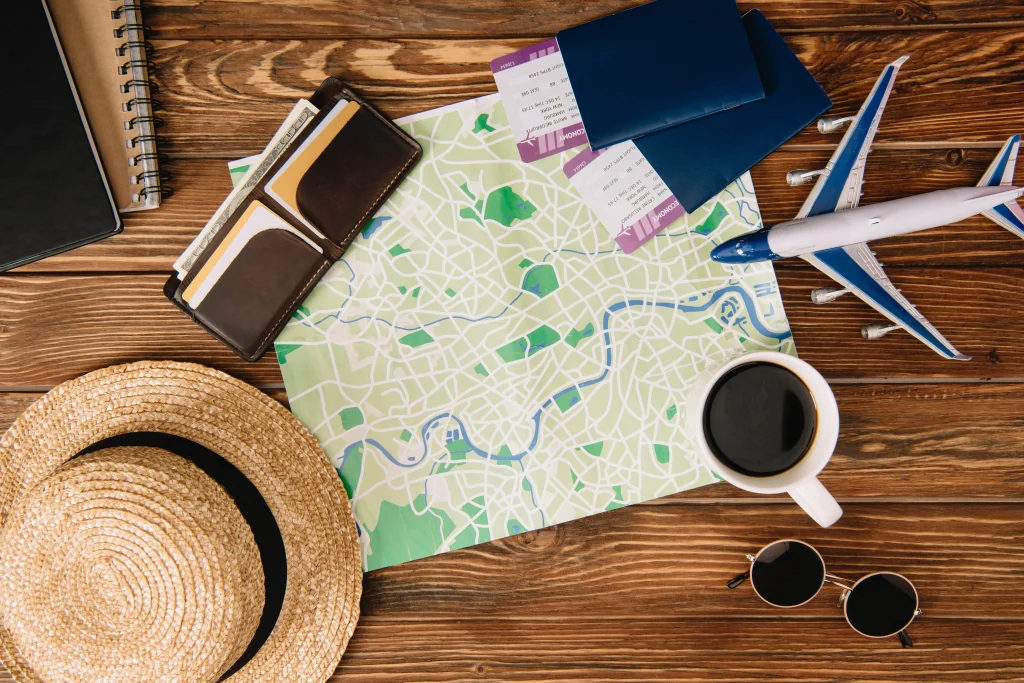
Due to the COVID-19 pandemic, many people were forced to postpone or cancel their travel plans, bringing travel to a complete halt. Travel bookings surged as vaccination rates rose and restrictions loosened, with many people eager to make up for lost time. As a result, revenge travel became more popular, with travelers trying to cram as much as they could into their journeys and frequently flying from one place to the next to make up for lost time.
But after the initial thrill of being able to travel once more wore off, a new trend becomes relevant. People started to understand that traveling is more than just checking off places on a bucket list or seeing as much as you can in a short period of time. It is more about the trip itself, the people you meet, the experiences you have, and the memories you make along the way.
Key reasons for this change
- A fresh appreciation for the basic joys of travel. Many people now have a greater appreciation for culture, the natural world, and the beauty of their surroundings after spending so much time cooped up at home.
- Yearning for experiences that are more genuine and meaningful. Many were compelled by the pandemic to reassess their values and priorities. Slow travel, which involves taking the time to fully experience the local way of life, establish a connection with the local community, and discover lesser-known locations, has thus gained popularity.
- For many travelers, sustainability is becoming an increasingly important concern. As the effects of travel on the environment have become more widely recognized, there is a growing desire to travel more sustainably and leave fewer carbon footprints.
In general, the transition from traveling for vengeance to traveling to embrace the experience represents a more profound shift in how people view travel. Traveling is becoming less about seeing places on a map and more about having a more meaningful and sustainable experience of the world. This trend is probably only going to get stronger going forward, as more and more people choose to travel more slowly and deliberately so they can fully enjoy the experience.
How the Travel Industry Benefited from Revenge Travel
During the COVID-19 pandemic, the travel industry, like many others, faced unprecedented challenges. The industry came to a near halt due to travel restrictions, border closures, and fear of the virus. But as things started to get back to normal, a new travel craze called revenge travel surfaced. This phenomenon has given the travel industry a much-needed boost, as it is marked by a surge in bookings and a desire to make up lost time.

An increase in reservations has been one of the biggest ways that revenge travel has helped the travel industry. People were eager to travel again as regulations relaxed and vaccination rates rose. Pent-up demand resulted in a sharp rise in reservations, and travel to many locations increased dramatically. Significant revenue increases for hotels, airlines, and tour operators helped to partially offset the losses suffered during the pandemic.
Spending has increased, which is another way that revenge travel has benefited the travel industry. Many travelers were willing to splurge on once-in-a-lifetime trips, luxury experiences, and upgrades after spending so much time cooped up at home. The travel industry has benefited greatly from this increase in spending, which has helped to boost sales and assist companies that were having difficulties as a result of the pandemic.
Retaliation travel has also contributed to the revival of economies that rely on tourism. Numerous locations depend significantly on tourism to support their economies, and the pandemic’s lack of travel had a disastrous effect on these places. The increase in travel reservations has given these locations a much-needed lifeline, supporting neighborhood companies and preserving jobs.
Even though the travel industry has benefited greatly from revenge travel, there are drawbacks as well. Many destinations’ infrastructure and resources are under stress due to the increase in travel, which has resulted in problems like congestion and environmental damage. The travel industry is still faced with challenges due to the emergence of new variants and the ongoing uncertainty surrounding the pandemic.
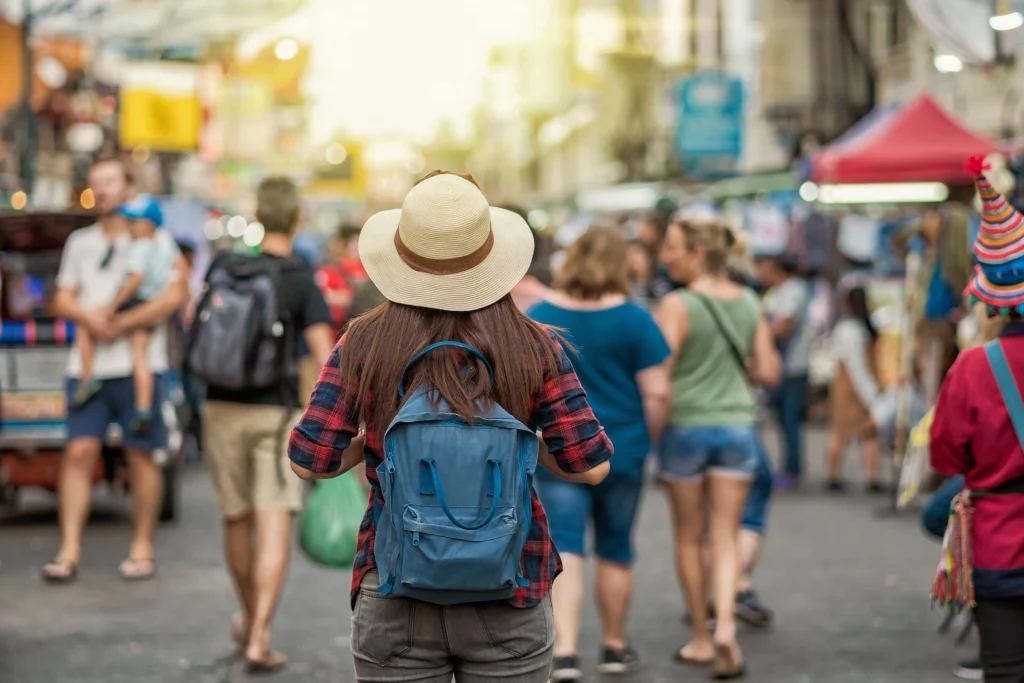
Despite the fact that there are drawbacks, revenge travel has generally had a positive effect on the travel industry, assisting in the resuscitation of a sector that was severely damaged by the pandemic. In order to guarantee a long-term recovery, it will be critical for the travel sector to keep responding to shifting conditions and giving priority to security and environmental sustainability.
Revenge travel: the far-flung collection
The desire for exceptional and unforgettable experiences is one of the main factors driving people to travel far and wide for vengeance. Travelers are eager to escape the routine of everyday life and immerse themselves in new and exciting cultures after being cooped up in their homes for extended periods of time. Remote locations present an ideal chance to accomplish that, thanks to their fascinating histories, breathtaking scenery, and energetic local populations.
The sense of adventure that distant locations provide is another factor in their appeal as revenge travel destinations. Nowadays, tourists aren’t satisfied with just relaxing on a beach or going to crowded tourist destinations. Rather than staying in their comfort zones, they are looking for experiences that will force them to venture into uncharted territory. Remote locations and distinctive landscapes of far-off places make the ideal setting for these daring activities.
Furthermore, distant locations are frequently linked to exclusivity and luxury, which makes them a desirable choice for tourists hoping to treat themselves. These locations, which range from opulent resorts with views of the ocean to private villas tucked away in the mountains, provide the ideal balance of luxury and adventure, which is so alluring to modern tourists.
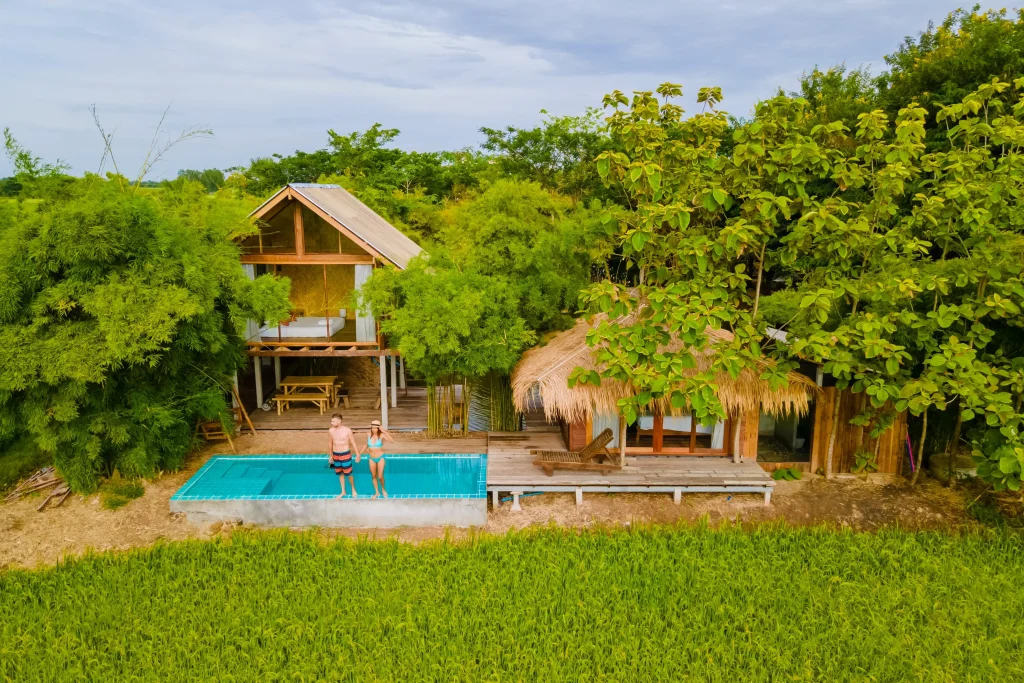
There are unique difficulties involved in taking revenge trips to remote locations. Travel logistics are made more difficult by the fact that these locations are frequently isolated and may have inadequate infrastructure. Furthermore, there is uncertainty and a change in travel restrictions due to the ongoing COVID-19 pandemic, which may affect travel plans to these remote locations.
Family and Group Trips
Family vacations are a great way to strengthen relationships and make cherished memories. The right destination and activities can make all the difference when planning a trip with your immediate family or a get-together with extended family.
exciting ideas for family trips in the philippines
- A beach retreat in Boracay: Discover the island’s white sand beaches and pristine waters, which are well-known for their exciting nightlife, water sports, and breathtaking sunsets. When you stay at a resort by the beach, you can go paddleboarding, snorkeling, or just lay back on the sand.
- Visit Manila Ocean Park for a day of entertainment and fun with an aquatic theme if you’re looking for theme park fun. Take in live animal performances, explore the oceanarium, and even test out some of the fun attractions like the glass-bottom boat ride and the fish spa.
- Cultural Immersion in Vigan: Visit Vigan, a UNESCO World Heritage Site, to fully immerse yourself in the rich history and culture of the Philippines. Take a horse-drawn carriage ride, explore the well-preserved Spanish colonial architecture, and shop at the well-known Calle Crisologo for locally made goods.
- Siargao’s Island Retreat: Known for its surf spots, immaculate beaches, and breathtaking natural beauty, Siargao offers travelers a laid-back island atmosphere. Take a motorbike tour of the island, stop by the well-known Cloud 9 surf spot, and relax with your family in a hammock by the beach.
- Cultural Exhibition in Baguio: Take a trip to Baguio to discover the rich cultural legacy of the Philippines. Take in a traditional cultural program that highlights the various cultures of the nation with music, dance, and storytelling.
- Discover the unspoiled islands and undiscovered lagoons of Palawan, which is sometimes referred to as the “Last Frontier” of the Philippines, by going island hopping there. See well-known locations like El Nido, Coron, and the Underground River by boat tour. Here, you can swim, snorkel, and take in the stunning scenery of the islands.
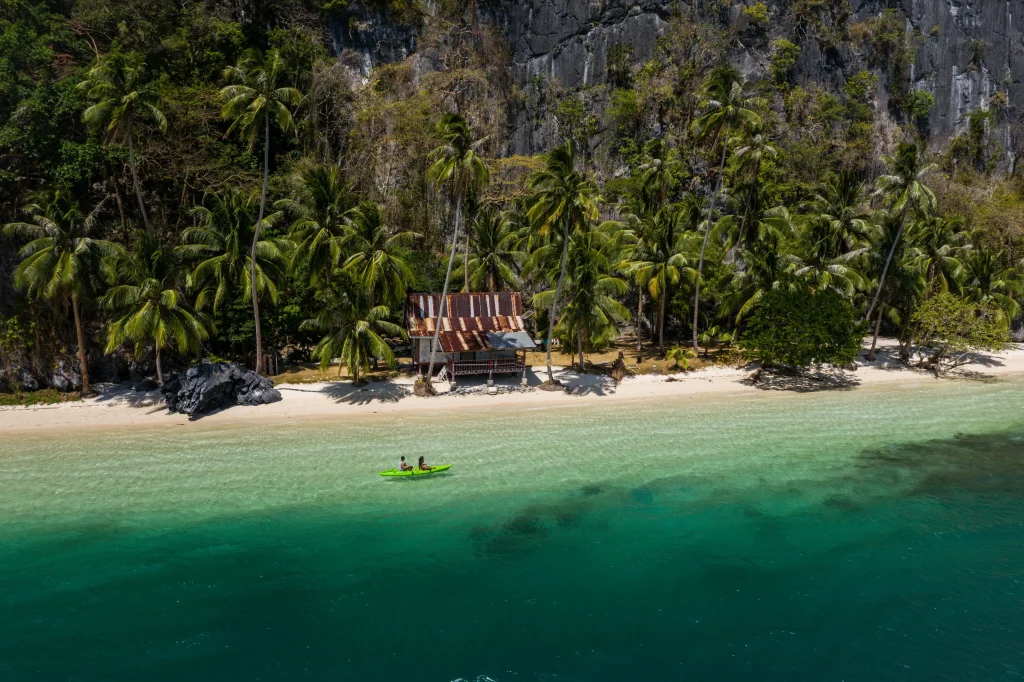
Organizing a family vacation in the Philippines provides a special opportunity to combine leisure, exploration, and cultural learning. with its striking scenery and lively culture.
Urban City Experiences
The Philippines is well known for both its dynamic urban centers and its breathtaking natural scenery. Discovering the nation’s cities provides a diverse range of experiences that seamlessly combine modern and traditional elements.
Manila: Wonders of Culture and History
Discover the ancient Spanish colonial buildings, churches, and museums found in the walled city of Intramuros. Discover Fort Santiago, a former defense fortress built in the sixteenth century. See the San Agustin Church, a UNESCO World Heritage Site renowned for its rich history and magnificent Baroque architecture. Explore the museum that is attached to learn about the objects and works of art that represent the Philippines’ rich cultural legacy.
Discovering Intramuros provides families with a glimpse into the rich cultural heritage of the Philippines and serves as both a historical and bonding experience.
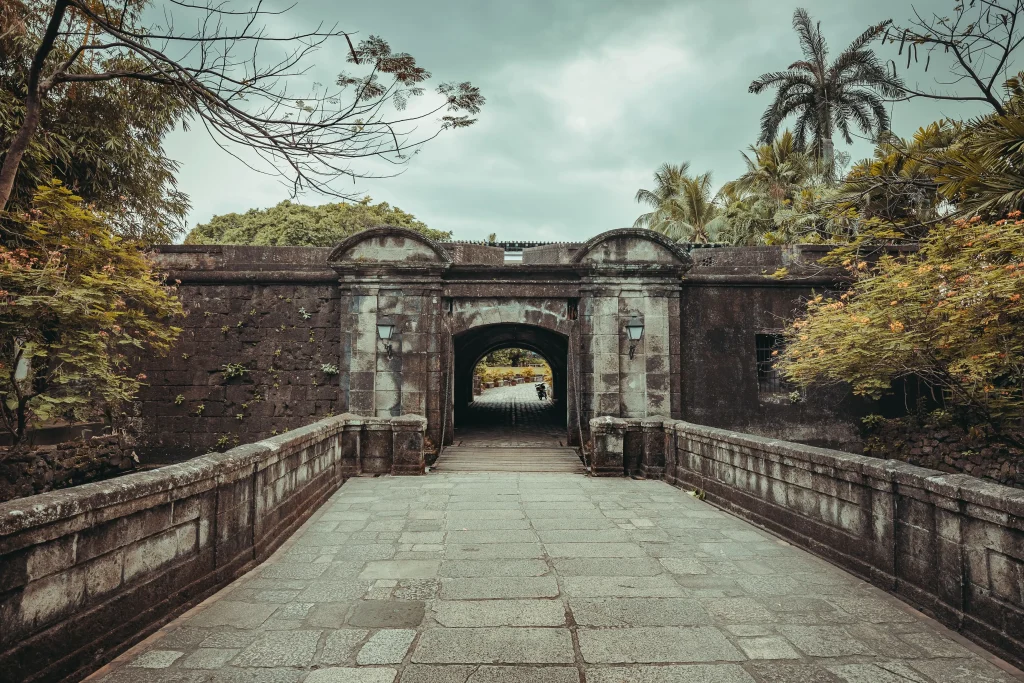
Explore the nation’s past at the National Museum, which has an extensive collection of historical treasures, artwork, and artifacts. In the center of Manila, Rizal Park is a verdant haven where you can unwind and take a leisurely stroll. The Rizal Monument honors Jose Rizal, the national hero, and should not be missed.
A Combination of Natural and Urban Wonders in Cebu City
- See this famous cross, which was planted by Ferdinand Magellan in 1521 to commemorate the arrival of Christianity in the Philippines.
- At this park, which is home to many exotic animals like tigers, giraffes, and zebras, set out on a safari adventure.
Baguio City: Comfortable Climate and Cultural Heritage
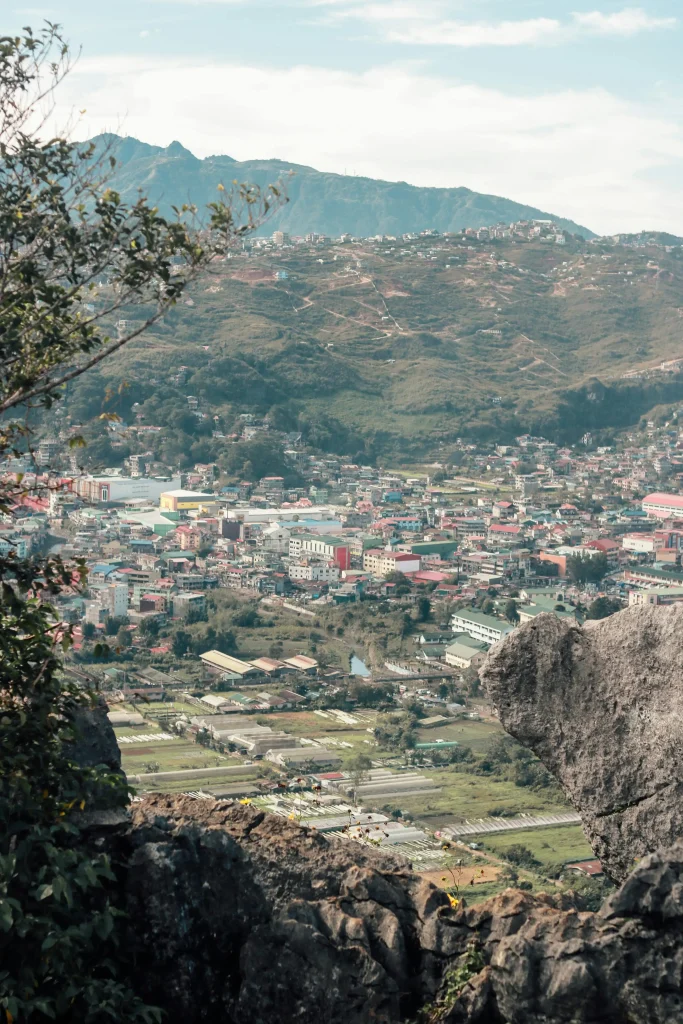
- Savor expansive views of the Cordillera Mountains and the mining town of Itogon. Take pictures with the park’s well-liked St. Bernard canines.
- Take pictures of the President of the Philippines’ official summer home, which is renowned for its exquisite architecture and well-kept gardens.
Cultural Events and Exhibitions
Take in the colorful culture of the Philippines by attending a variety of events and festivals. Attend a local celebration like the Ati-Atihan Festival in Kalibo, Aklan, or the Sinulog Festival in Cebu, or take in a traditional Filipino dance performance like the Tinikling.
Relishing the experience signifies a constructive change in travel habits. It indicates a greater appreciation for the act of traveling itself as opposed to merely trying to make up for lost time. Travelers can create more meaningful and fulfilling travel experiences by putting more emphasis on the journey rather than the destination. This change also reflects travelers’ increasing awareness of sustainable travel practices, which emphasize quality over quantity and reduce environmental impact.


